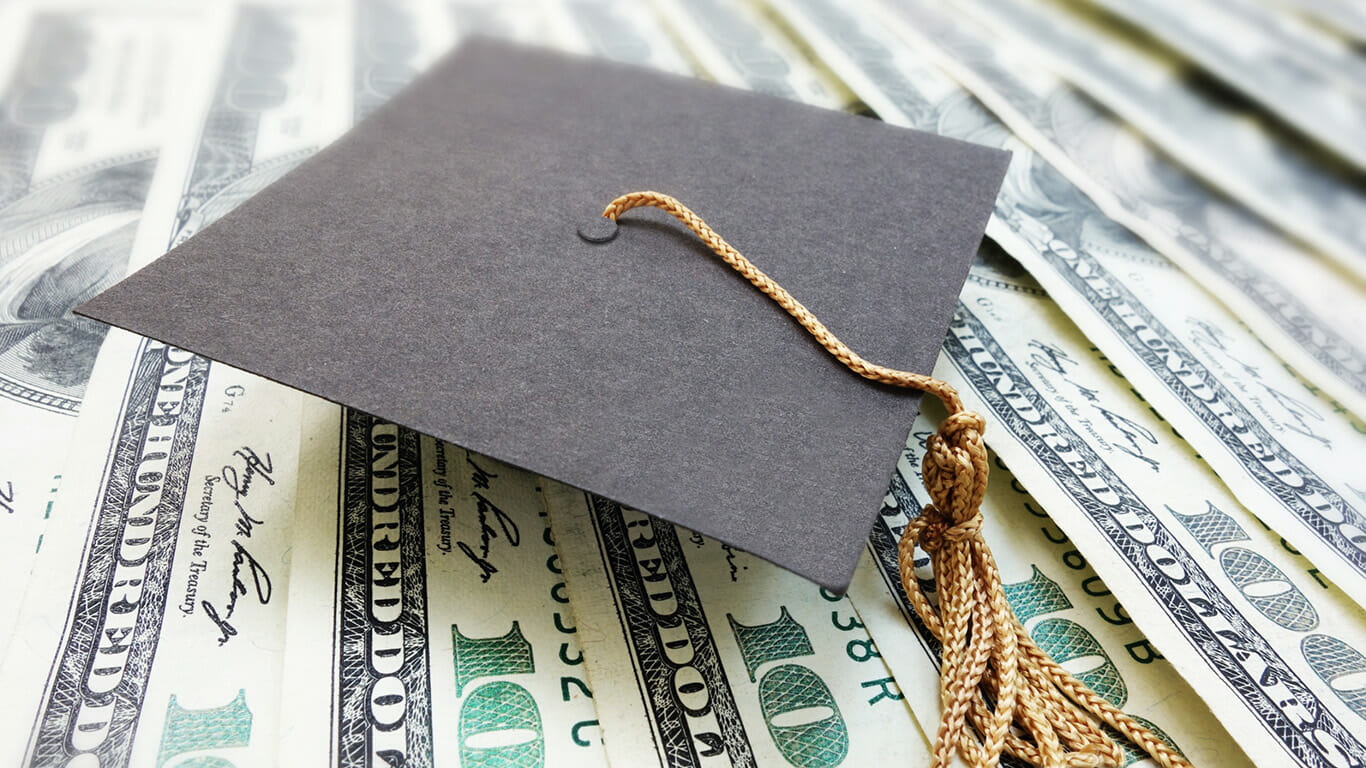This year, higher education policy – particularly concerning student loan forgiveness – is poised for significant changes. Policymakers are reevaluating existing programs like Income-Driven Repayment (IDR), and proposing new initiatives to address the burden of student debt. Let’s explore upcoming developments in student loan forgiveness and what to expect in the coming year.
Student Loan Forgiveness: Navigating the Path to Debt Relief
One of the most pressing concerns for many student loan borrowers is understanding pathways to student loan forgiveness.
In 2024, borrowers could anticipate a heightened focus on streamlining the forgiveness process and expanding eligibility criteria. Additionally, with potential legislative changes on the horizon, borrowers should also look out for updates to existing forgiveness programs and new opportunities that may arise this year.
Staying informed about program requirements and deadlines is key for those seeking loan forgiveness. Whether it’s through Public Service Loan Forgiveness (PSLF), Teacher Loan Forgiveness, or another specialized program, you should stay up-to-date on any program changes and take the steps necessary to ensure you meet the eligibility criteria and paperwork requirements.
IDR: When Will the Payment Count Adjustment Happen?
IDR plans have been instrumental in providing relief to borrowers struggling with high monthly payments. These plans adjust monthly payments based on income and family size, making them more manageable for many individuals.
The U.S. Department of Education has set its sights on completing the payment count adjustment for IDR plans by July 2024. It’s essential to note that merely submitting a consolidation application does not guarantee any benefits under this adjustment. Typically, processing a Direct Consolidation Loan application and disbursing the new loan may take at least 60 days (about 2 months). So, if you’re aiming to capitalize on the adjustment, consider submitting your loan consolidation applications around April 2024 to ensure timely processing and potential benefits.
The Evolution of the SAVE Plan in 2024
Introduced in 2023, the Saving on A Valuable Education (SAVE) plan is an IDR plan that replaced the popular Revised Pay As You Earn (REPAYE) plan. SAVE is significantly different from REPAYE and other IDR plans in multiple ways, including discretionary income calculation, interest accrual rules, and impacts for married borrowers.
When the SAVE plan takes full effect in July 2024, monthly payment calculations for borrowers with only undergraduate loans will be based on 5% of their discretionary income, down from the current 10%. This aims to make payments more affordable for borrowers across different income levels. For those with a combination of undergraduate and graduate loans, the monthly payment will be calculated as a weighted average between 5% and 10% of their income, based on the original principal balance.
Navigating the Changing Landscape of Student Loan Forgiveness
For borrowers navigating the complexities of student loan forgiveness and repayment options, staying informed and proactive is key. By understanding eligibility criteria, monitoring program updates, and seeking assistance when needed, borrowers may position themselves to take full advantage of available opportunities for debt relief.




